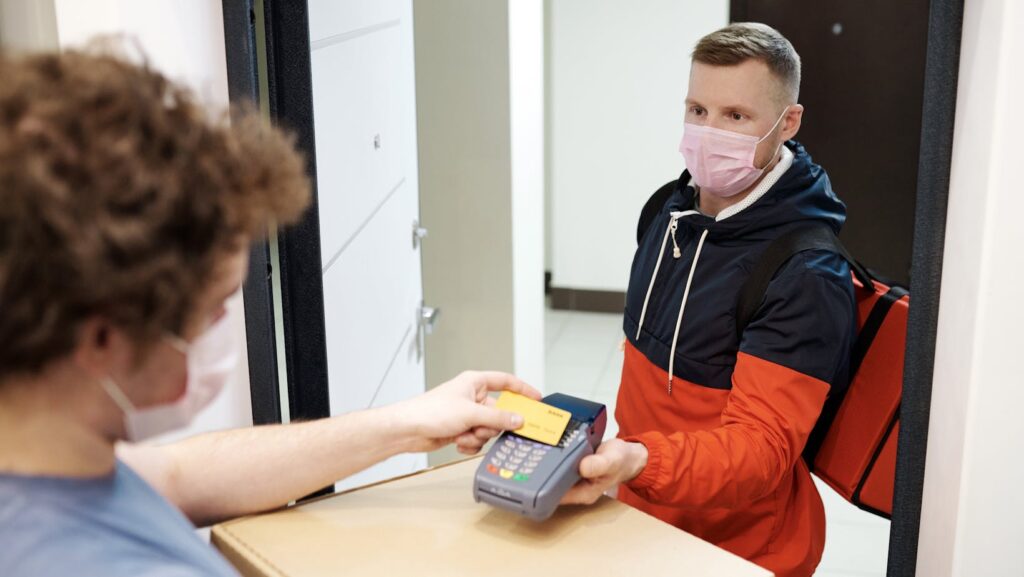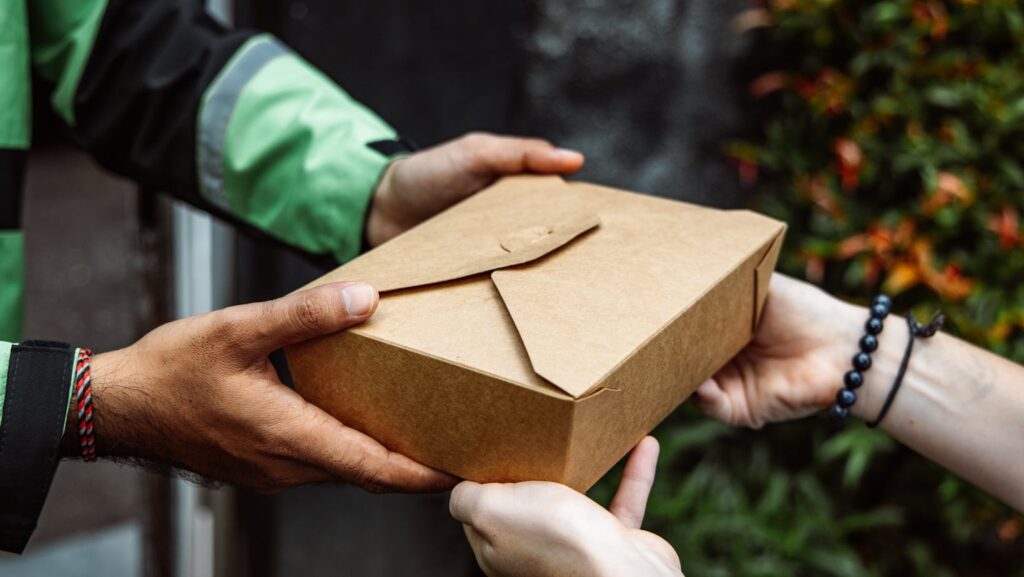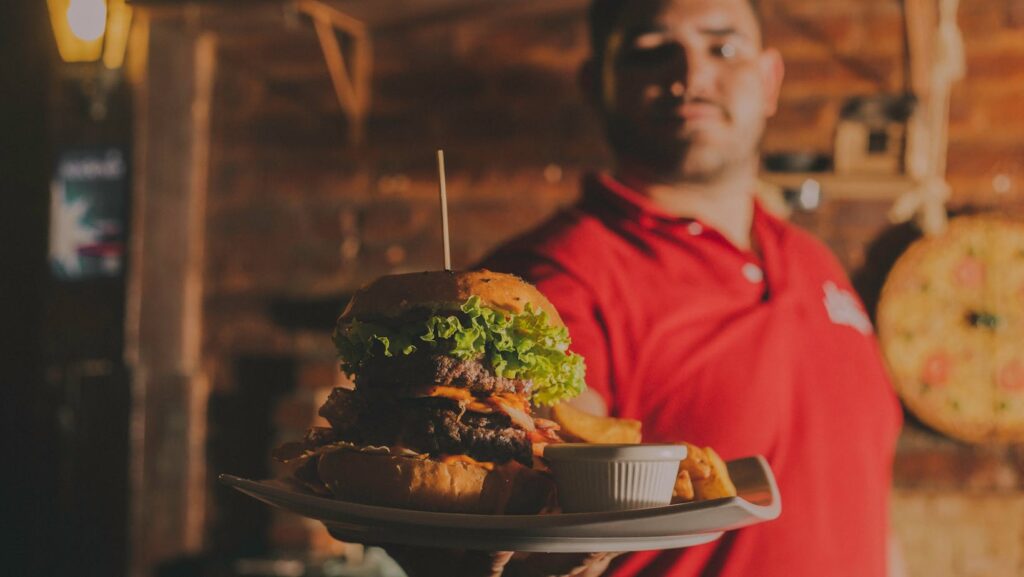In a world that’s increasingly fast-paced and interconnected, the way we eat is rapidly evolving. Food delivery, once a luxury, has become a staple of modern living. As technology advances and consumer habits change, new trends in food delivery are reshaping the industry.
From eco-friendly packaging to virtual restaurants, these trends are not just transforming how food is delivered, but also what’s being delivered. They’re pushing boundaries, challenging norms, and offering exciting opportunities for both businesses and consumers.
Stay tuned as we delve into the fascinating world of food delivery trends, exploring the forces driving these changes and the impact they’re having on our eating habits. This isn’t just a glimpse into the future of food—it’s a taste of what’s happening right now.

Food Delivery Trends
The Rise of App-Based Delivery Services
Throughout the 2010s, app-based food delivery services truly took center stage. Riding on the wave of smartphone proliferation, these services found a new way to tap into a wider customer base. Companies, such as UberEats, DoorDash, and Grubhub, became household names, providing easy access to a wide array of restaurants and food establishments. Users, with just a few taps on their screens, could order and receive their favorite meals right at their doorstep – a significant evolution from the traditional phone call-based food delivery system.
An important aspect of this evolution was the incorporation of ratings and reviews for both restaurants and riders, giving customers a voice in the quality of food and delivery service. This, in turn, served to keep service providers on their toes, striving for better customer satisfaction.
Moreover, these apps took the pain away from payment. Rather than having to bother with physical currency, customers could simply pay with a credit card saved on the app. Cashless transactions, as a result, became a key feature of modern food delivery.
The Impact of the Pandemic on Food Delivery
Fast-forward to 2020, the COVID-19 pandemic inflicted a profound influence on the food delivery landscape. With dining-out options severely limited due to health and safety regulations, reliance on food delivery services skyrocketed. For many restaurants, survival hinged on switching from dine-in to delivery, reconfiguring their business strategies, and adapting to the new normal.
Notably, the pandemic highlighted the significance of contactless delivery, an option where food is left at a pre-agreed location without requiring face-to-face interaction. This became vital to ensure safety and maintain social distancing protocols. Advances in digital payment technology further facilitated this trend by eliminating the need for physical payment exchanges.
Additionally, the pandemic brought serious attention to health and hygiene practices in food handling and delivery. Initiatives such as temperature tracking of riders, and the use of mask and gloves, became standard practice, ensuring consumers’ safety without compromising the convenience of home food delivery.

Current Food Delivery Trends
The ongoing transformation in the food delivery landscape now presents even more distinct trends. Following the trailblazing footpath of eco-friendly packaging and virtual restaurants, further trends continue to alter the industry’s contours. The primary historic game-changers, namely, UberEats and DoorDash, facilitated the drift from luxury to necessity in the industry. Additionally, the COVID-19 pandemic amplified the expansion of these trends, emphasizing heightened hygiene protocols, and contactless delivery.
Sustainability and Eco-Friendly Packaging
A noticeable movement towards eco-friendliness and sustainability characterizes the recent food delivery trends. The rapid increase in food orders accelerates demand for packaging materials, spelling potential environmental disaster. Hence, more businesses now lean towards biodegradable, compostable, or recyclable materials for packaging, striking a balance between convenience and conservation. A case in point – major player Deliveroo switched to sustainable packaging in 2019, affirming the industry’s solid environmental steps.
Growth of Ghost Kitchens and Virtual Brands
Parallel to the rise in eco-friendly packaging is the overwhelming surge of ghost kitchens and virtual brands. With dining-out services facing a slump due to the pandemic, the business model has brilliantly adapted to cater to the growing demand for food delivery. Ghost kitchens, essentially rental kitchens, provide a physical space for food vendors to prepare orders without engaging in dine-in services. Meanwhile, virtual brands, purely app-based, offer even more convenience across a broader consumer base. For instance, Chipotle’s “Chipotle Digital Kitchen” provides online orders, a telling sign of the rapid digitization sweeping across the food delivery industry.
The food delivery industry’s transformation is undeniable. It’s morphed from a luxury into an essential service, driven by technological innovation and evolving consumer habits. The food delivery landscape is undoubtedly changing, and it’s an exciting time to be a part of it.
